Immediately, the US-puppet ordered the reoccupation of Buon Ma Thuot. Because they had anticipated and prepared in advance, when the enemy organized a counterattack, the Central Highlands Campaign Command commanded the defense of Buon Ma Thuot town; at the same time, mobilized forces, organized a key battle to destroy the entire counterattack force, forcing the enemy to make a strategic mistake.
Proactively push the enemy into a disadvantageous position
Lieutenant General Doan Sinh Huong, former Commander of the Armored Corps, former Commander of Military Region 4, who directly participated in the Central Highlands Campaign in 1975, said: In fact, Buon Ma Thuot was chosen by us as the key target to start the campaign, and at the same time had the effect of "triggering" the enemy's rescue and relief forces. For the enemy, at that time, Buon Ma Thuot had important value and was "very mobile", because it was located right at the intersection of Route 21 and Route 14; to the East down to the coastal plain of South Central Vietnam, to the North to Cheo Reo and Pleiku, to the South to Gia Nghia and the Southeast. Once we captured Buon Ma Thuot, the enemy's coastal plain would be at risk of falling, the southern battlefield would be cut in half and the road to Saigon would open. At that time, even if not attacked, Pleiku and Kon Tum would have to surrender. On the other hand, Buon Ma Thuot was also the location of the forward command post of the puppet 23rd Division. When the headquarters was attacked, the forces of this division had to come to the rescue. Comrade Hoang Minh Thao, Commander of the Central Highlands Campaign, repeatedly said that the target of the headquarters of the puppet 23rd Division was the key target of the key. Therefore, if Buon Ma Thuot was in danger of falling, whether they wanted to or not, the enemy would be forced to counterattack. Therefore, choosing the "trigger" target - Buon Ma Thuot - demonstrated a sharp assessment of the situation, proactively putting the enemy at a disadvantage, affirming the sharp military thinking of the Central Highlands Campaign Command.
From the above assessment, the question for us is, if the "trigger" target - Buon Ma Thuot - is effective, what forces will the enemy use to rescue and where will they land? According to Lieutenant General Nguyen Quoc Thuoc, former Chief of Staff of the Central Highlands Campaign, former Commander of Military Region 4: In the campaign's combat plan, we ruled out the situation where the enemy would reinforce their forces with fixed-wing aircraft because the airports around Buon Ma Thuot had been controlled by us in many ways. The enemy also could not rescue by land because we would cut off Highways 19, 21 and 14. They could only rescue and clear the air route with helicopters.
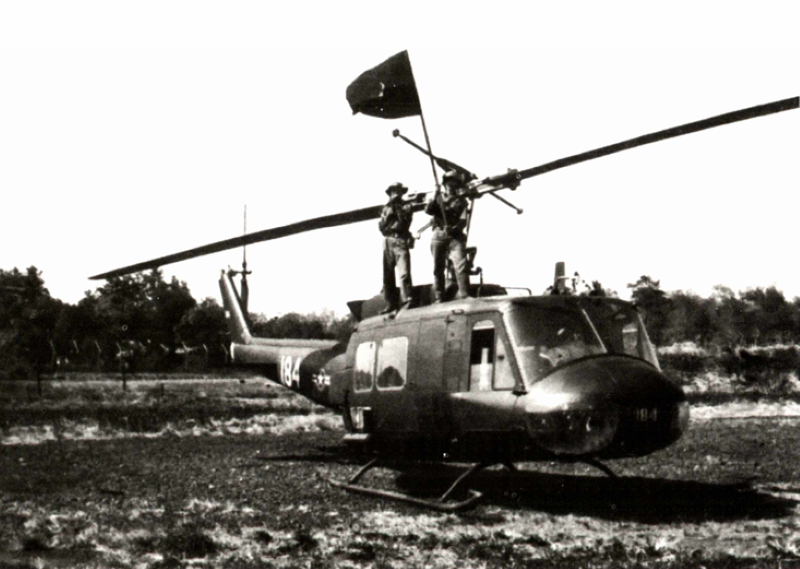 |
| Liberation Army entering Hoa Binh airport in Buon Ma Thuot town, March 1975. Photo archive |
Regarding the rescue force. The enemy's 2nd Corps in the Central Highlands only had the 23rd Division, which was significant, while the special forces regiments had poor fighting power. The strategic reserve force was scattered in many places, so the enemy could only send the 23rd Division (short) in the Northern Central Highlands to rescue. On the other hand, if troops were dropped by helicopter, the enemy's counterattack force could not bring tanks but only a few artillery pieces, very little ammunition, fuel and facilities. Thus, their fighting power, which was already weak, became even weaker.
Where will the enemy land? According to our assessment, if the “trigger” target is strongly attacked, the enemy will land along Route 21 in the East of Buon Ma Thuot, because this area has relatively favorable terrain for airborne landing, has relatively strong local defense forces, and is also close to locations that they can use as springboards such as the bases of Regiment 45, Regiment 53 and Hoa Binh airport.
From the above assessment, to ensure victory and effectively "trigger" the campaign, we concentrated most of the main forces of the Buon Ma Thuot attack campaign. As we expected, before the fierce attack on Buon Ma Thuot town, on March 12, 1975, through reconnaissance, we got information that the Division Commander of the puppet 23rd Division informed Base 53 at Phung Duc airport (also known as Hoa Binh airport) which was under siege that there would be forces coming down to reinforce, rescue and counterattack to retake Buon Ma Thuot.
According to Lieutenant General Doan Sinh Huong: In fact, on March 11, 1975, when we captured Buon Ma Thuot, the enemy organized small counterattacks. But by the next morning, we had captured Base 45, while Base 53 was facing our attack, so the enemy was forced to land troops at unspecified positions in the Nong Trai-Phuoc An area. Later, studying the summary documents, from the afternoon of March 12 to the end of March 13, 1975, the enemy used 145 helicopters, supported by 81 fighter jets, to land the 45th Regiment and the 232nd Artillery Battalion in the area along Route 21 from Hill 581 to Phuoc An in the East of Buon Ma Thuot to counterattack. This was the enemy's largest landing since the Paris Agreement (January 1973). Thus, our goal of "igniting" the campaign was achieved.
From the campaign “trigger”, based on the campaign situation, we continued to “trigger” the tactics, forcing the enemy to pour the last reserve force of the 2nd Corps into a disadvantageous position. We immediately took the enemy’s reinforced landing force (Regiment 45) as the target of tactical “trigger”, by using the force to capture the footholds (Base 53 at Hoa Binh airport) to make the enemy lose their support, break the enemy’s deployment; organize to surround and isolate each group of enemy troops that had just landed, not allowing them to deploy their formation in time. Along with using fierce suppressive firepower on the enemy’s formation, at the same time our infantry and tanks attacked each group of troops, focusing on the main group of troops in Phuoc An, pushing the enemy into a disadvantageous position. Being strongly threatened, the enemy was forced to continue to pour the 44th Regiment and the 23rd Division Headquarters along with 4 artillery pieces into Phuoc An for us to attack and destroy.
Create a solid offensive position
Lieutenant General Nguyen Quoc Thuoc explained: Under the close direction of the Campaign Command, with the initiative and positivity of the direct combat unit (Division 10), we gained the initiative from the beginning, quickly controlled and destroyed the enemy as soon as they set foot in the combat area. Immediately after capturing Duc Lap, on the one hand, the Campaign Command continued to direct the forces attacking Buon Ma Thuot to step up the combat to destroy the remaining targets in Buon Ma Thuot according to plan, on the other hand, immediately ordered Division 10 and created conditions for transport vehicles to quickly travel 170km to stand 25km north of Buon Ma Thuot town, ready to strengthen the attack and deploy the battle formation to counterattack the enemy.
At that time, the Campaign Command directly directed the local forces (Regiment 149, Division 316) to step up attacks on the enemy at Base 53 and Hoa Binh airport, not allowing the enemy to take advantage of it as a springboard to land and attack Buon Ma Thuot town. Regiment 24, after completing the mission of penetrating deep to capture the headquarters of the puppet Division 23, was also ordered to deploy local forces ready to fight the enemy counterattack. Regarding firepower, the Campaign Command used artillery and air defense clusters to directly support Division 10 in deploying combat formations. Regiment 66 was stationed in the northeast of Tay Dat Ly area as a campaign reserve ready to increase the combat strength of the units. Due to motorized operations, the units tasked with fighting the enemy's airborne landings were quickly deployed. In a short time, we were able to gather a large force with all types of troops, deploy in formation in the area where the enemy was expected to land by air, forming a solid offensive position.
In the book “The Great Victory of the Central Highlands Campaign”, Senior Lieutenant General Hoang Minh Thao wrote: With the above arrangement, we had both strong firepower to support and a large enough force to directly attack the enemy landing by air. With the activities of concentrating, dispersing, redirecting, and flipping forces flexibly, dynamically, and promptly, we created a battle formation that was both thick and wide, a battle formation that was both strong, resilient, and sharp.
As for the enemy, due to the conditions of Hoa Binh airport, Base 45 and Base 53, Chu Nga... being attacked by us and the terrain not allowing the deployment of large forces, having to land troops in areas with unfavorable terrain, and being in a passive position, the enemy could not land the 23rd Division at the same time to counterattack, but they were forced to land troops in an isolated state. Lacking tank and artillery support, the air force was the only firepower to support the landing troops, while most of the springboards that had been deployed for counterattacks had been captured by us in advance; the enemy could only rely on Phuoc An district and the Chu Cuc stronghold cluster along Route 21, but they were quite far from Buon Ma Thuot town, so their counterattacking power was at a disadvantage from the beginning.
Based on accurate assessments, with sharp analysis and accurate assessment of the situation, the Campaign Command directed the units to directly participate in the battle, creating a solid offensive position, along with flexible fighting methods, we crushed the enemy's counterattack plan to retake Buon Ma Thuot. Not only did we wipe out the 23rd Division - the "historical angels" of the puppet army, but we also wiped out the local militia security forces and remnants of the army that fled from other places, liberating Phuoc An and Chu Cuc districts.
This victory, together with the victory of the key battle that decided the beginning of the campaign in Buon Ma Thuot, which sparked the campaign, created a new opportunity: the opportunity to destroy the fleeing forces of the puppet 2nd Corps and develop the campaign to the coastal provinces of Central Vietnam, contributing significantly to the overall victory of the 1975 Central Highlands Liberation Campaign, paving the way for the General Offensive and Uprising to liberate the South and unify the country.
SON BINH - HONG THAI
(continued)
Source: https://www.qdnd.vn/quoc-phong-an-ninh/nghe-thuat-quan-su-vn/nhung-don-danh-quyet-dinh-trong-chien-dich-tay-nguyen-bai-2-kheu-ngoi-de-diet-dich-phan-kich-tai-chiem-buon-ma-thuot-821933


![[Photo] Fireworks light up the sky of Ho Chi Minh City 50 years after Liberation Day](https://vphoto.vietnam.vn/thumb/1200x675/vietnam/resource/IMAGE/2025/4/30/8efd6e5cb4e147b4897305b65eb00c6f)


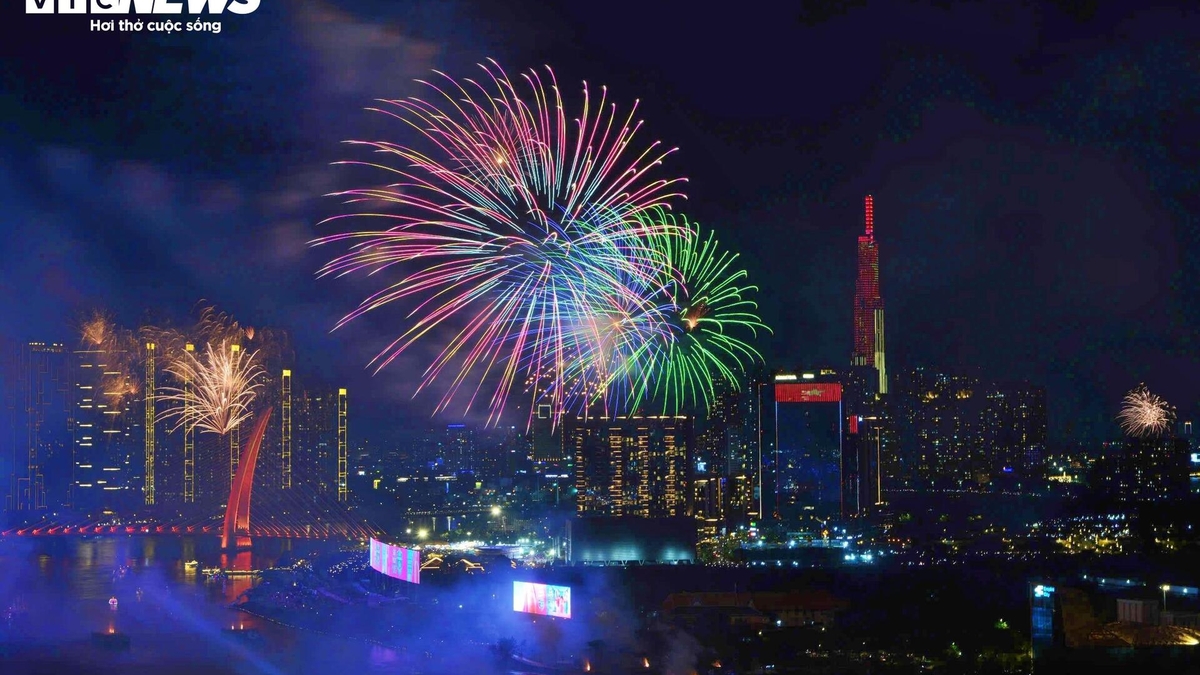

![[Photo] Feast your eyes on images of parades and marching groups seen from above](https://vphoto.vietnam.vn/thumb/1200x675/vietnam/resource/IMAGE/2025/4/30/3525302266124e69819126aa93c41092)


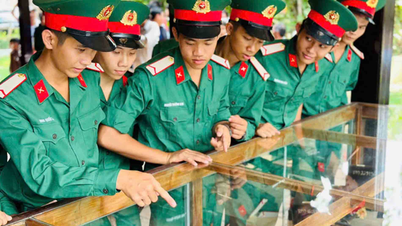


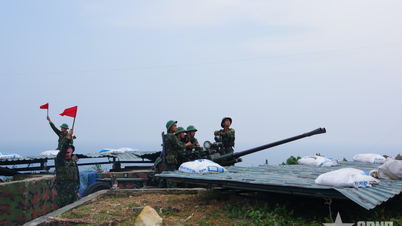











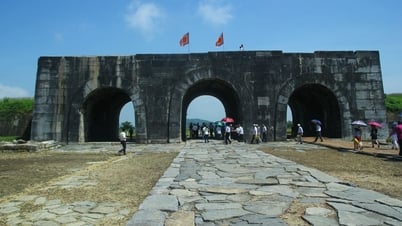



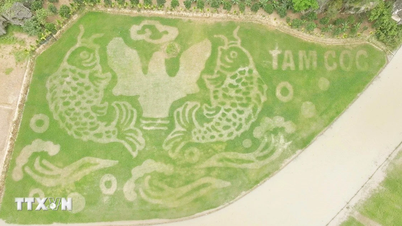







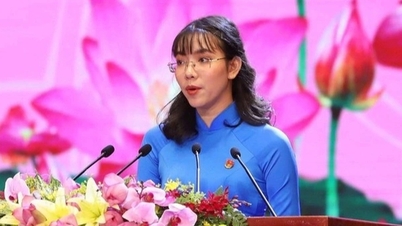



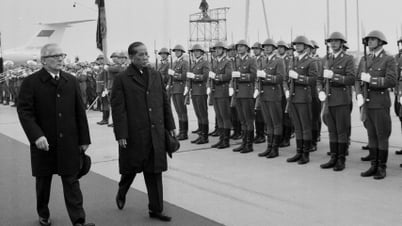

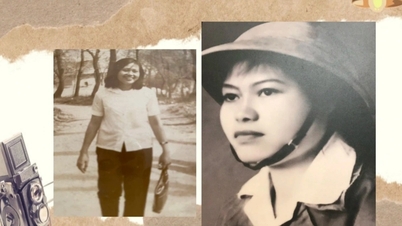













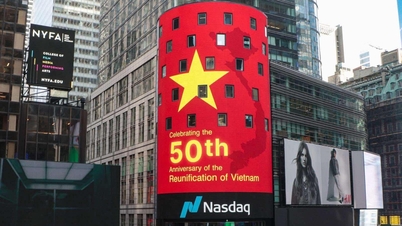

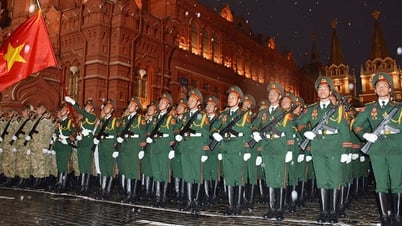












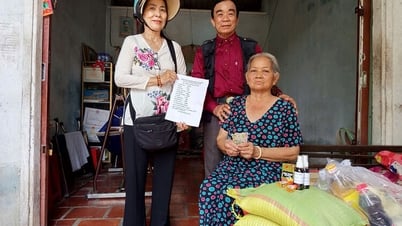

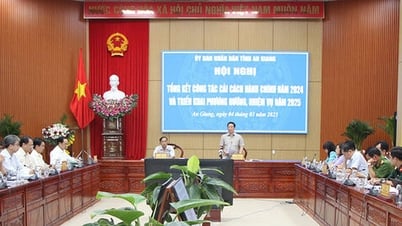
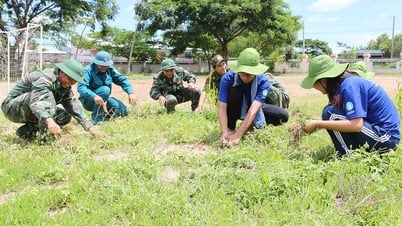















Comment (0)